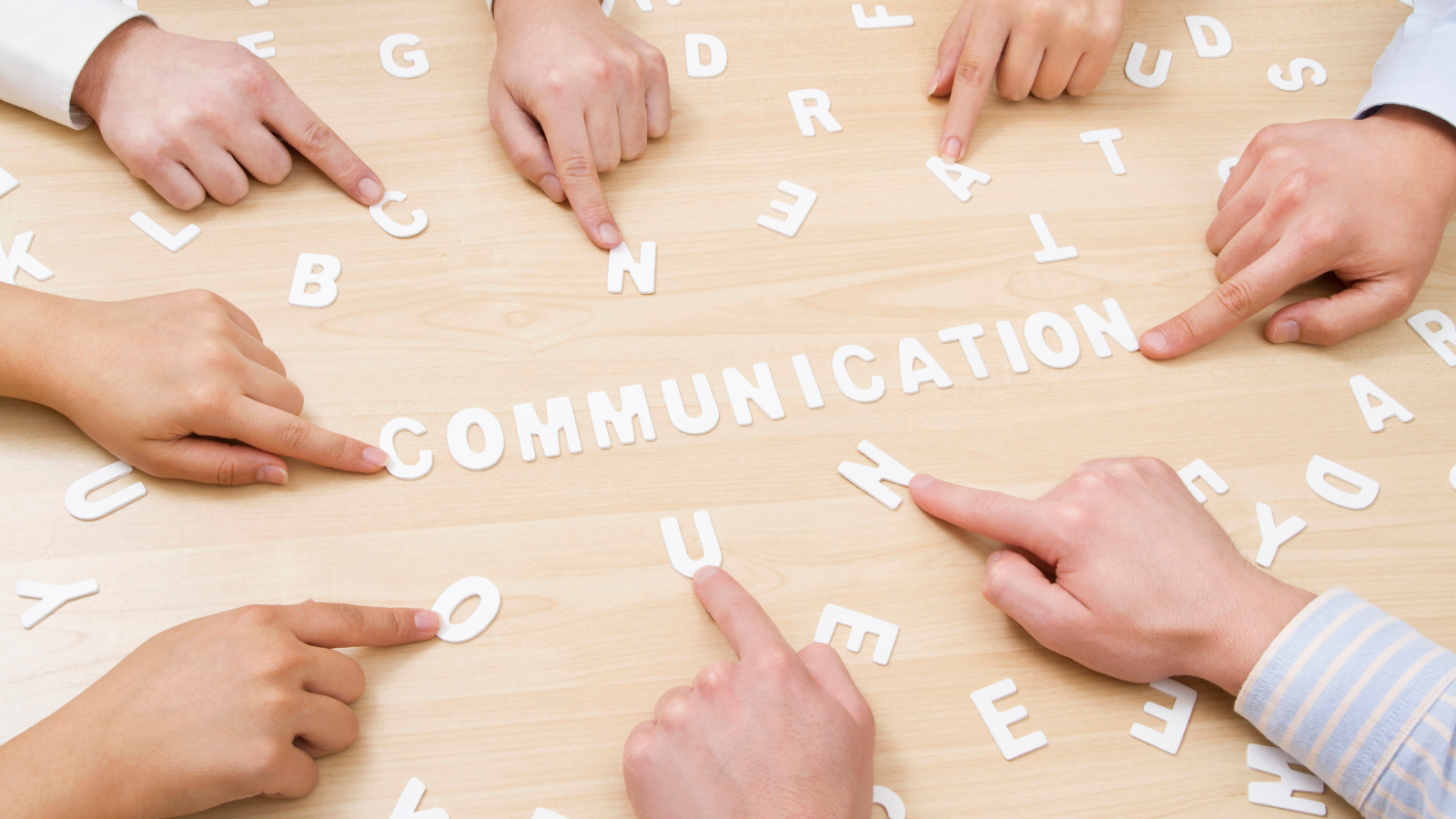
Effective communication is the cornerstone of success. As sales leaders, it's imperative to ensure your team masters the art of communication. The 7 Cs—Clear, Concise, Concrete, Correct, Coherent, Complete, and Courteous—are not just principles; they are the bedrock of every successful sales interaction.
Salespeople must be adept at conveying their messages in a way that resonates with prospects and clients. The ability to communicate effectively can make the difference between closing a deal and losing a potential customer. By mastering the 7 Cs, your team can enhance their communication skills, build stronger relationships, and drive better results.
Let's dive into how you can instill these essential communication skills in your sales team.

 As a sales leader, one of your most critical tasks is to elevate the performance of your team members. Turning a C player into a B+ player requires a blend of effective coaching techniques, skill development, and motivational strategies. With the integration of AI, this process can be streamlined and enhanced, providing personalized support and actionable insights. Here’s how you can achieve this transformation by incorporating AI.
As a sales leader, one of your most critical tasks is to elevate the performance of your team members. Turning a C player into a B+ player requires a blend of effective coaching techniques, skill development, and motivational strategies. With the integration of AI, this process can be streamlined and enhanced, providing personalized support and actionable insights. Here’s how you can achieve this transformation by incorporating AI. The structure of your sales team can make or break your success.
The structure of your sales team can make or break your success. 


 Sales managers, let’s talk about the
Sales managers, let’s talk about the 
 As B2B sales leaders and managers, your role in guiding your sales teams to success is more critical than ever. With the ever-evolving sales landscape, it's essential to stay ahead by focusing on key areas that can significantly improve your team's performance. Here are some crucial topics to consider, especially as you work through Q1 to set your team up for success early in the year:
As B2B sales leaders and managers, your role in guiding your sales teams to success is more critical than ever. With the ever-evolving sales landscape, it's essential to stay ahead by focusing on key areas that can significantly improve your team's performance. Here are some crucial topics to consider, especially as you work through Q1 to set your team up for success early in the year:.png?width=1920&height=1080&name=ISP_S14-E79-Smarter%20CRMs%20(2).png)



